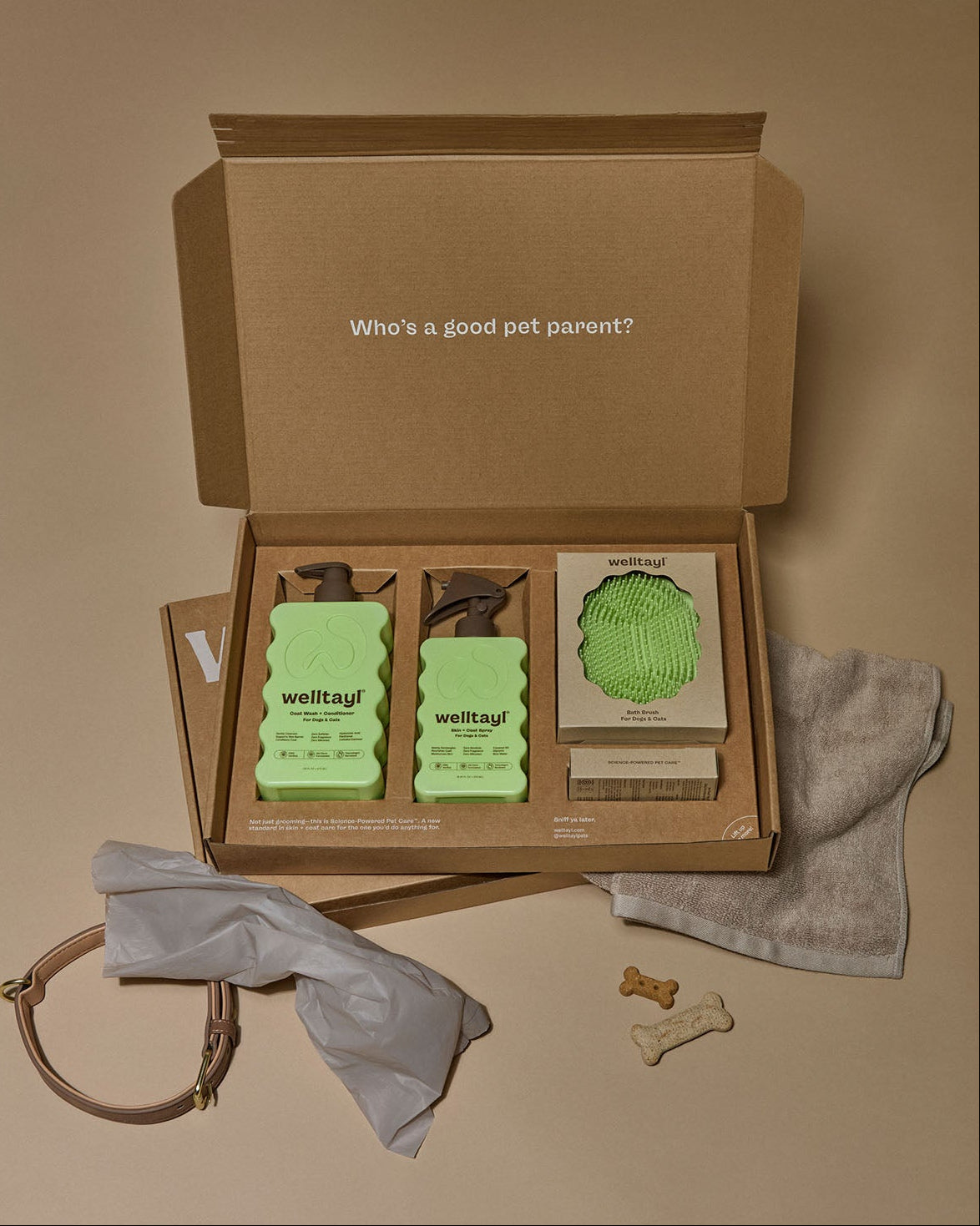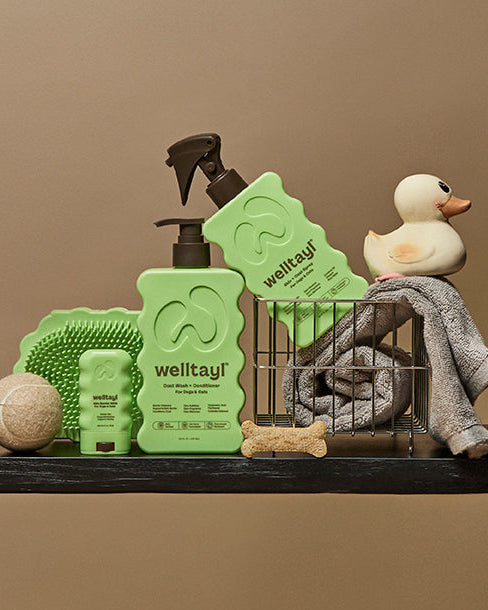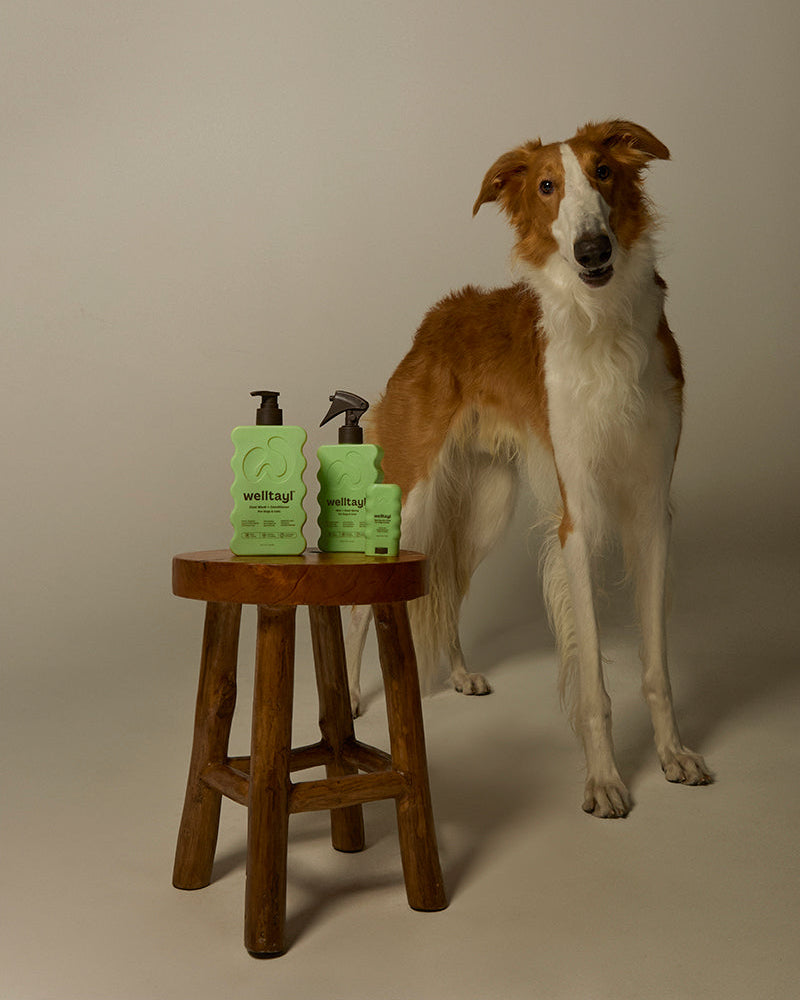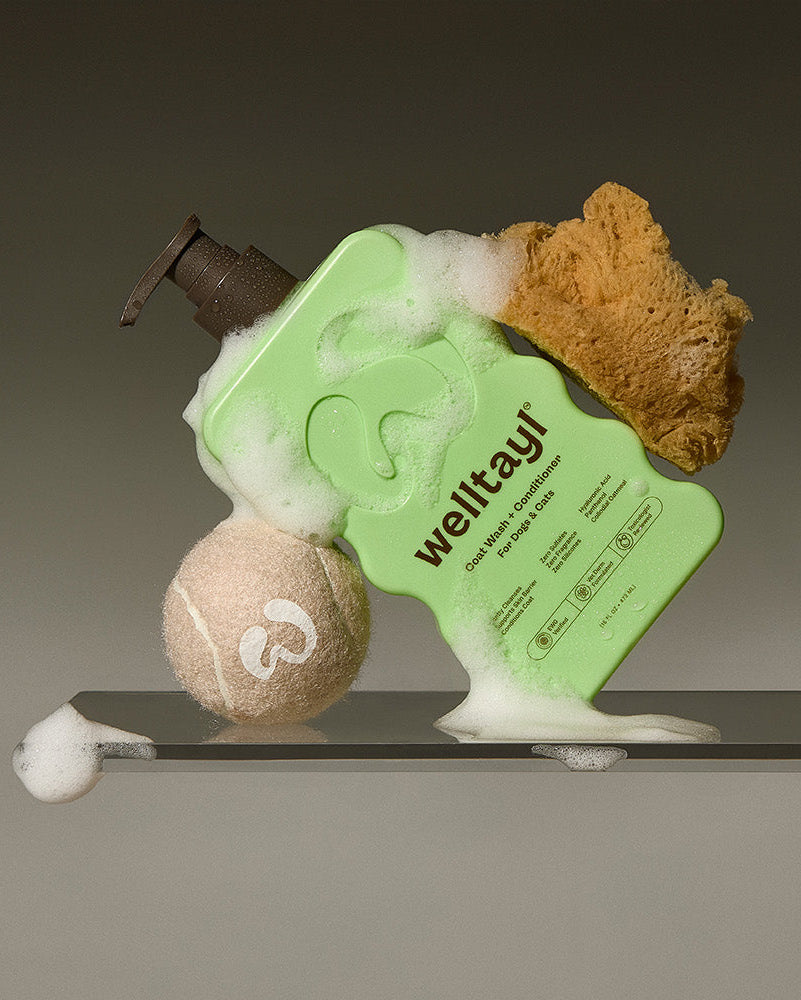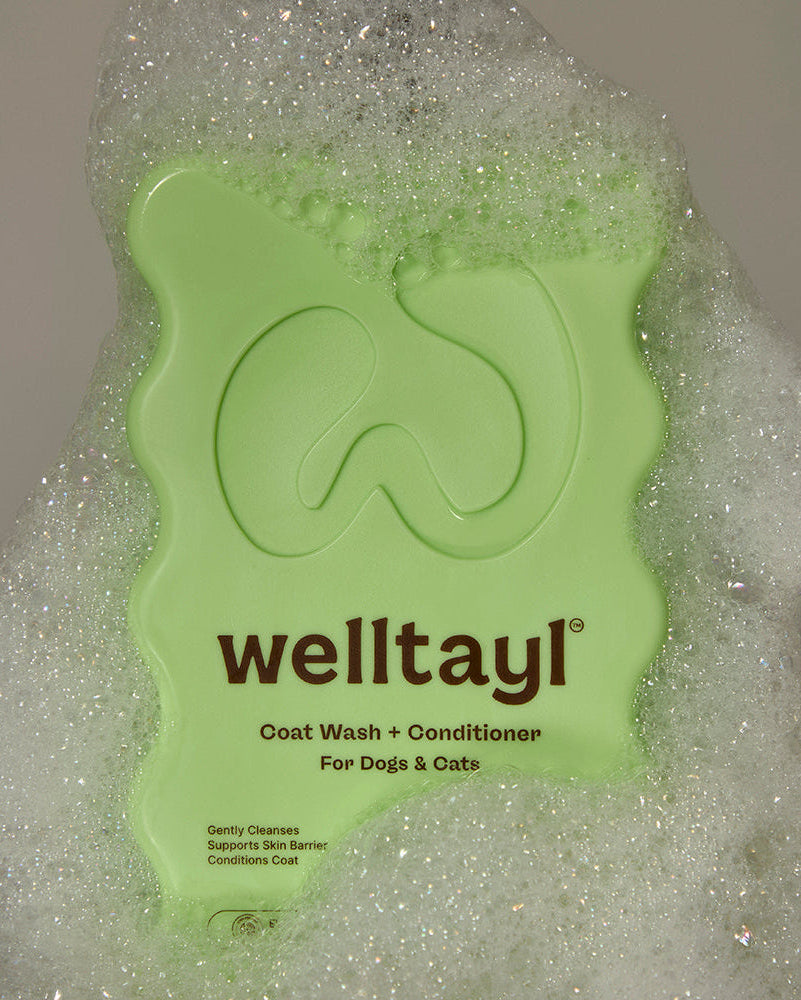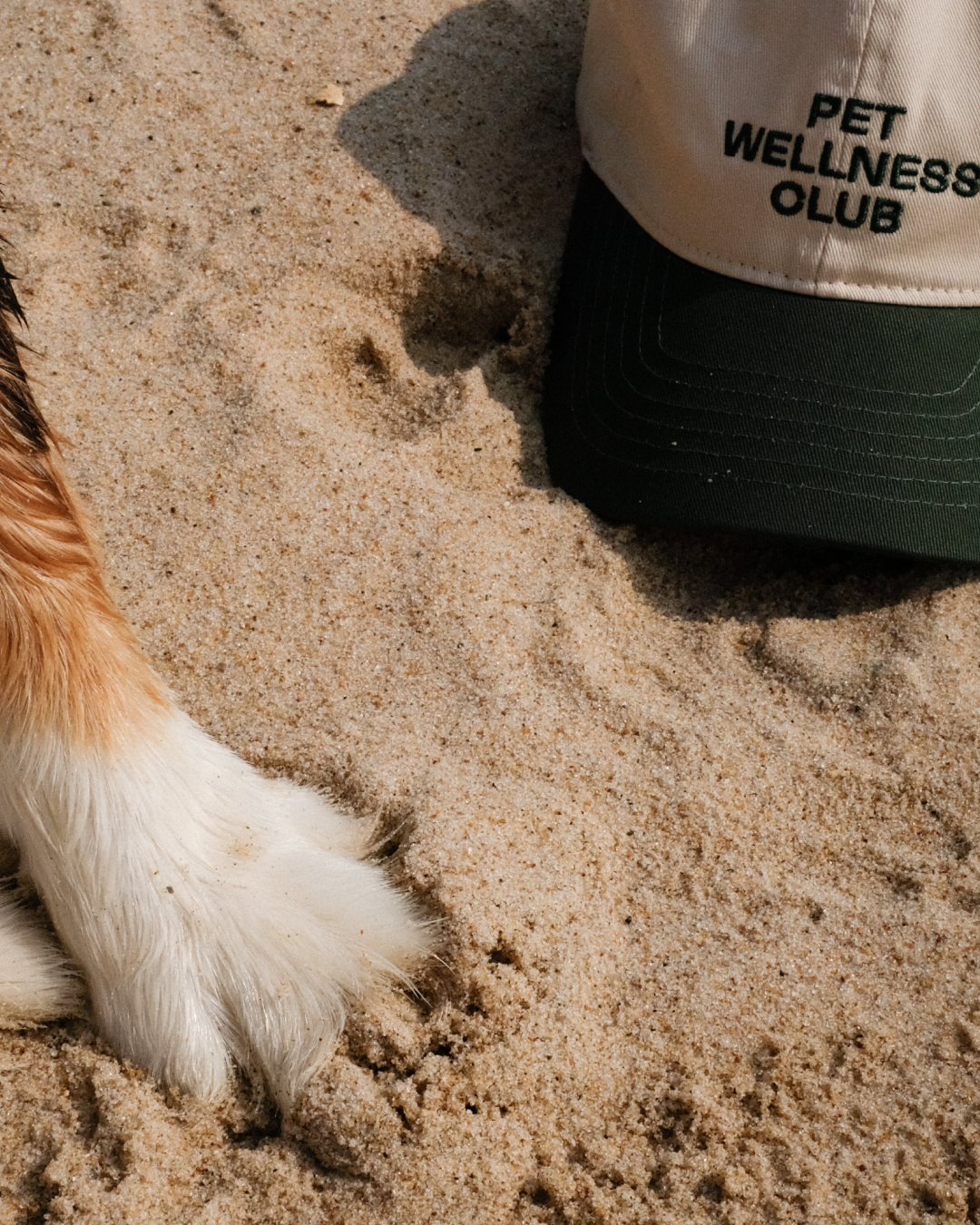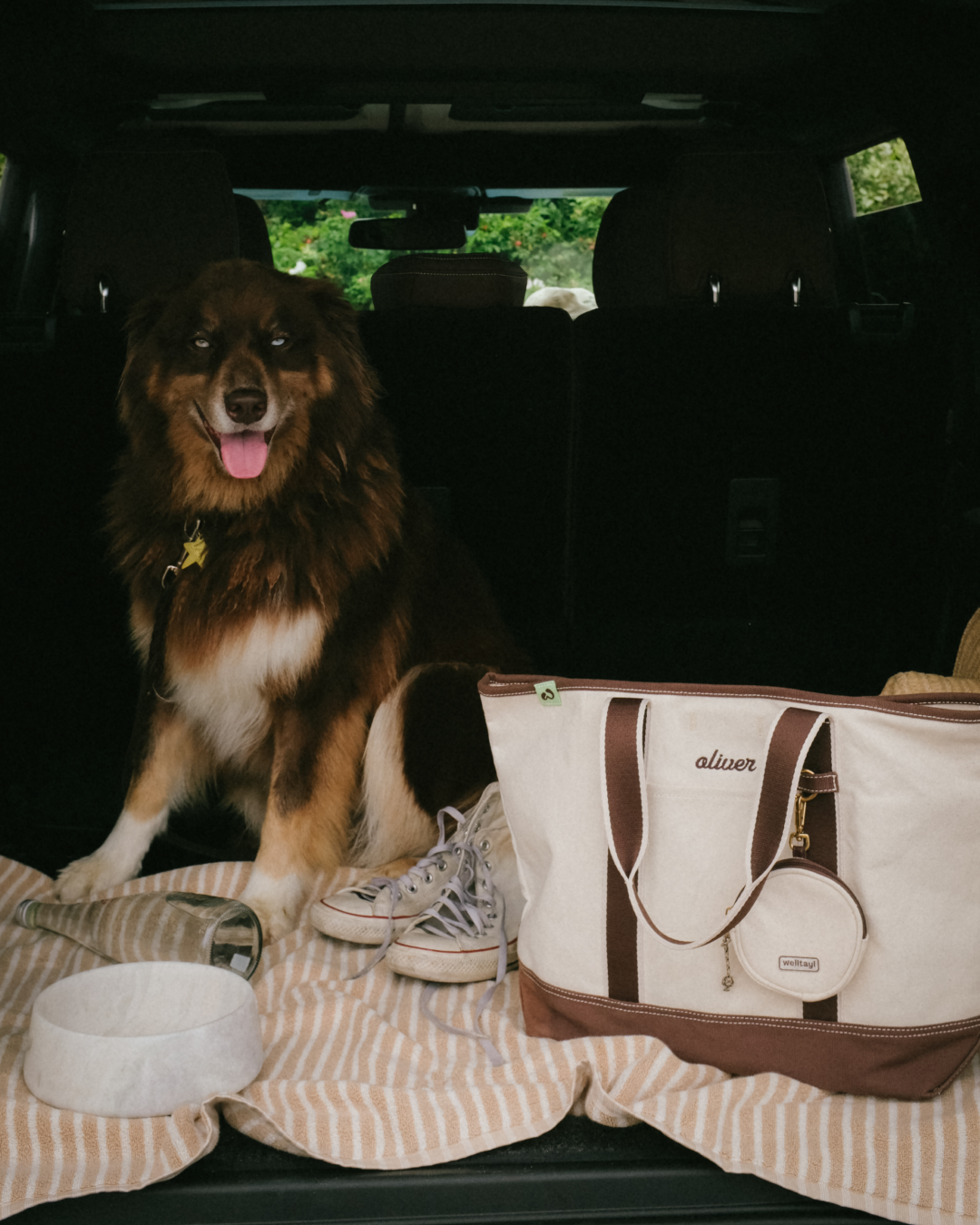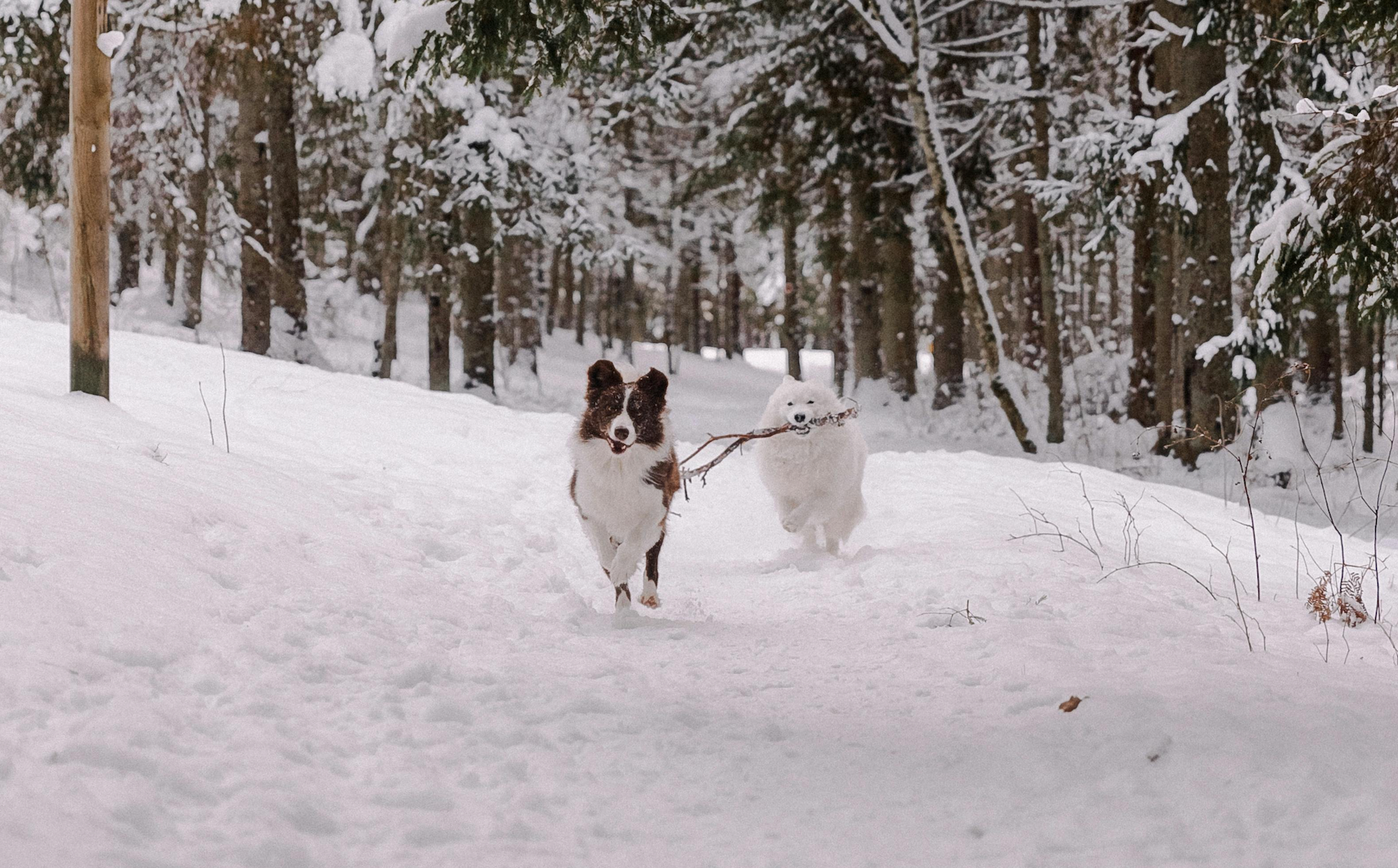Winter can be a magical time for you and your dog, with snowy walks and playful romps in the cold. But while your furry friend might love the chilly weather, their paws may need some extra attention during the winter months. Ice, snow, and sidewalk salt can cause irritation, dryness, or even injury to their sensitive paw pads.
That’s why it’s so important to take extra steps to protect their paws during the colder months. Following are some simple ways to keep your pup comfortable and safe this winter.
Table of Contents:
- Key Takeaways
- Why Protecting Dog Paws In Winter Is Essential
- 3 Common Winter Hazards For Dog Paws
- 6 Practical Tips For Protecting Dog Paws
- Post-Walk Paw Care
- Conclusion
- Frequently Asked Questions
Key Takeaways
- ❄️ Protecting your dog's paws in the winter is essential to prevent irritation, dryness, frostbite, and other injuries caused by ice, snow, and harmful deicing salts.
- 🧦 Simple measures like using dog booties or applying paw balms can create effective barriers against harsh winter elements.
- 🐩 Regular grooming, including trimming nails and paw hair, helps reduce snow buildup and improves traction on slippery surfaces.
- 🐾 Always clean and inspect your dog's paws after walks to remove toxic residues, ice, or debris, and check for any cracks or injuries.
- 💚 Opt for pet-safe deicing products to minimize exposure to harmful chemicals in your dog’s environment.
- 🐕🦺 Keep winter walks short, monitor for discomfort, and prioritize post-walk care to ensure your dog's paws stay healthy and protected.

Why Protecting Dog Paws In Winter Is Essential
Dog paws face unique risks during winter. The cold weather can dry out their paw pads, causing cracking or irritation. Ice and snow can get trapped between their toes, leading to discomfort. Harmful deicing salts and chemicals used on sidewalks can create burns or irritate their delicate skin. Without protection, these hazards make even short walks uncomfortable or unsafe.
Dogs' paws don’t have the same protection as our shoes. Walking on icy surfaces or salted roads can expose their paws to dangers, such as injuries from sharp ice shards or chemical burns. Issues like infections may occur if these go unnoticed. Consistent care helps reduce these dangers and keeps your dog comfortable during outdoor activities.
3 Common Winter Hazards For Dog Paws
Winter can be tough on your dog's paws, with multiple risks hidden beneath the season's beauty. Protecting them starts with owners educating themselves on the potential hazards of winter.
1. Ice and Snow
Ice and snow can cause serious discomfort and injuries to your dog's paws. Compacted snow between their toes can lead to cracked pads, cuts, or abrasions, making walking painful. With prolonged exposure to extreme temperatures, frostbite can develop, particularly on the toes and paw pads. Watch for signs like discoloration, swelling, or blisters in these areas during and after winter outings.
2. Deicing Agents and Salt
Deicing salts and agents can cause irritation to your dog’s paws. Many deicing salts are toxic if ingested, which may happen if your dog licks their paws post walk. Symptoms from ingestion often include vomiting and diarrhea. Regularly wipe off your dog's paws after walks to keep them safe.
3. Frostbite and Cold Cracks
Freezing temperatures can dry out paw pads, leading to cracks or chapping. Frostbite can affect the toes, resulting in cold, brittle skin or even discoloration. Small dogs, puppies, and those with underlying health issues are especially vulnerable. Ensure limited outdoor exposure and check paw conditions after every walk.

6 Practical Tips For Protecting Dog Paws
Protecting your dog's paws during the winter is essential for their comfort and safety. Use these simple and effective methods to keep their paws healthy and injury-free.
1. Use Dog Booties
Dog booties provide a barrier against snow, ice, harmful chemicals, and cold surfaces. Choose booties that are lightweight, adjustable, and made from durable materials. They improve traction, reducing slips on icy paths. Start by letting your dog wear them indoors for short periods to get used to them. Clean the boots after each walk to remove salt or debris that might damage them.
2. Apply Paw Balm Or Wax
Paw balms or waxes create a protective layer on your dog's paws, shielding them from ice, snow, and deicing agents. Apply a thin coating before walks, covering pads, the fur around the paws, and spaces between toes. Reapply after long outings. Use pet-safe brands to prevent irritation and moisturize dry paw pads.
3. Trim Nails And Paw Hair
Long fur between paw pads traps ice, snow, and dirt, leading to irritation. Trim this fur to prevent buildup and to enhance traction on slippery roads. Regularly clip your dog’s nails since long nails can alter their gait, increasing pressure on pads and making slips more likely.
4. Use Pet-Safe Deicing Products
Rock salt and chemical deicers can cause irritation or burns on your dog's paws and are harmful if ingested. Use pet-safe deicing products on your property to reduce this risk. Look for products labeled as safe for pets and ensure your dog avoids treated areas during walks.
5. Carry A Towel For Cleaning Paws
After outdoor activities, clean your dog’s paws with a towel. Wipe off snow, salt, or chemicals immediately to avoid irritation or accidental ingestion. Keep towels near the door for convenience after every walk.
6. Keep Walks Short
Limit walks during extreme cold to prevent frostbite and paw cracking. Shorter outings reduce exposure to deicing agents and prevent snow from getting packed between the paw pads. Monitor your dog for signs of discomfort, like frequent paw lifting or licking.
Looking for more ways to keep your dog cozy, happy, and active? Join the Welltayl Newsletter! Get expert tips, seasonal safety advice, and product recommendations sent straight to your inbox. Sign up now to keep tails wagging year-round.

Post-Walk Paw Care
Winter walks can leave your dog’s paws exposed to ice, salt, and harmful chemicals. Proper post-walk care ensures their paws stay comfortable and healthy throughout the winter season.
Wash And Dry Paws Thoroughly
After each walk, clean your dog’s paws to remove salt, ice, and chemical residues. Dip their paws in lukewarm water or use a soft washcloth soaked in warm water for a gentle cleanse. Dog-safe wipes or portable paw washers also work great, especially for muddy or dirty feet. Make sure to dry their paws completely afterward. Moisture left behind can create an environment for bacteria and yeast to thrive. Apply a paw balm to protect paws from environmental stressors and cracking.
Check For Cracks Or Injuries
Inspect their paws carefully after cleaning. Spread their toes apart and check between pads for debris, such as small stones or pieces of ice. Look for cuts, swelling, or discoloration on the paw pads. If you notice significant injury or discomfort, schedule a visit with your veterinarian.
Conclusion
Winter can be a magical time for you and your dog, but it’s essential to prioritize their paw safety during the colder months. With the right care and precautions, you can protect your dog's paws from harsh weather and harmful chemicals, ensuring every walk is enjoyable and worry-free.
By staying proactive and monitoring their comfort, you’re not only preventing injuries but also strengthening the bond you share with your furry friend. Keep their paws healthy, and they’ll be ready to explore the winter wonderland by your side all season long.
Stay Updated with More Pet Knowledge!
For more dog info and knowledge, consider signing up for the Welltayl newsletter. It's packed with helpful advice tailored for dog owners like you, ensuring your furry friends stay healthy and happy. Sign up today and keep up to date with the latest in pet care.
Frequently Asked Questions
How can I protect my dog’s paws in the winter?
To protect your dog’s paws in the winter, consider using dog booties, or applying paw balm, or wax to shield against ice, snow, and deicing chemicals. Regularly trim excess fur to avoid accumulation of ice or harmful salts, and rinse their paws after walks to remove any residue.
Are dog booties necessary in the winter?
Dog booties offer excellent protection against cold surfaces, sharp ice, and harmful chemicals like deicing salts. While not always necessary, they are a good choice for extreme conditions or for dogs with sensitive paws.
Can deicing salts harm my dog’s paws?
Yes, deicing salts can cause irritation, burns, and dryness to your dog’s paws. Always use pet-safe deicing products and rinse your dog’s paws after walks to remove any salt residue.
How cold is too cold for dog paws?
Above 32°F (0°C) is generally safe, while 20°F (-6°C) or lower increases frostbite risks. Limit outdoor time in extreme cold and monitor for discomfort, especially in small or short-haired dogs.
What signs indicate frostbite on dog paws?
Frostbite signs include pale or discolored skin, swelling, and tenderness.Affected appendages may be cold and firm to the touch. If you spot frostbite, consult your veterinarian promptly for treatment.
Resources:
Read more

Discover the top 10 longest-living dog breeds and learn how genetics, diet, and care contribute to an impressive lifespans. Promote your dog’s health with us!

Discover essential tips to keep your cat warm this winter! Learn how to create cozy spaces, and prevent hypothermia. Keep your feline friend healthy in the winter!

